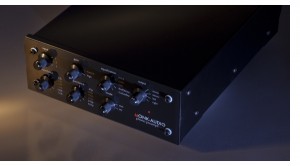
The Monk Audio Phonostage
What is it about phonostages? More than almost any piece of audio equipment, they seem to exert a decisive impact upon the sound—at least when it comes to playing analog equipment. I still remember the day when I fired up my Linn LP-12 and listened to the differences an Audio Research PH-3 made on my Snell E-IV loudspeakers. Read More >
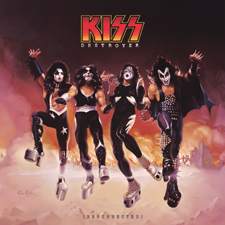
Destroyer, Resurrected!
Kiss never brought the fervor of its live shows to the studio, but on its fourth album, Destroyer, the quartet came close. Six months after the legendary Alive!, the band is at the top of the world and at one of its highest creative peaks. Read More >
14 Andre Marc – Senior Contributor
A confessed HiFi nut, Andre lives and works in sunny Irvine, California. A contributor to a number of hifi magazines/websites, he’s another music enthusiast who was bit by the bug early, thanks to his dad’s Mcintosh system. Read More >
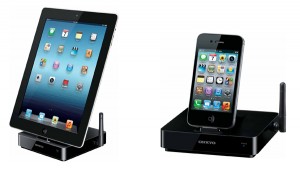
Onkyo’s AirPlay Dock
Onkyo has introduced the DS-A5 iPod/iPhone/iPad Docking station, which adds AirPlay wireless streaming capabilities to Onkyo A/V receivers and many other audio products. The Onkyo DS-A5 allows owners of recent Onkyo A/V receivers – as well as older models lacking a USB port or an Ethernet connection – to enjoy all the benefits of AirPlay wireless streaming for iOS devices, including the new iPhone 5. Read More >
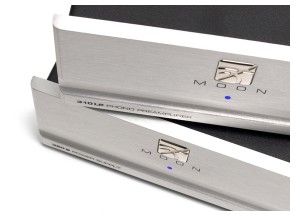
REVIEW: Simaudio MOON 310LP and 320S
Since even the very best hi-fi systems rarely sound like real live music, the first question one might ask about the sound of any component immediately becomes: What does it add and what does it take away from the music? Creating the perfect recreation of live music in the home may have yet to happen, but it’s not totally the fault of the hi-fi. Read More >
Parasound’s JC 3 Phono Preamplifier: Heavy On Heritage
If you aren’t old enough to know about John Curl, suffice it to say that he was responsible for more than a handful of legendary designs and one of the world’s greatest phonostages, the Vendetta Research—a product still held in great esteem by many audiophiles. Read More >
Burmester 100 Phono: Perfect Blend of Analog and Digital
It’s been a long time since Burmester has produced a phono stage. Their last model, the 838, was produced in the 80’s. However, with vinyl making such a comeback, Dieter Burmester felt the time was right to build a phono stage that was worthy of his current Reference Line components. Read More >

The Dust and Grooves Project – Live from NYC
On a hot and sultry evening in SoHo NYC at the Botanica Bar, a local hangout with a house special Ginger and Lime drink reminiscent of Jamaica (not Jamaica Queens, thanks), things cool down inside with the music being played by a dozen or so Guest DJs as I grab the attention of Eilon Paz, a photographer with a passion for music, whose work has been published worldwide. Read More >
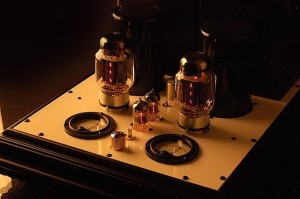
Decware’s Masterpiece
Steve Deckert, the man in charge at Decware Audio, has just announced his new, full scale assault on the monoblock tube amplifier. The Zen Torii Monoblocks are 60 watts each with a single pair of KT88 tubes. Read More >
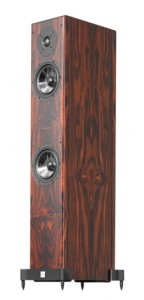
Mozart Arrives…
We’ve just received the Mozart Grand speakers from Vienna Acoustics for review. Clad in piano black, these compact speakers strike a stunning presence, yet are compact enough to fit in most rooms. Read More >
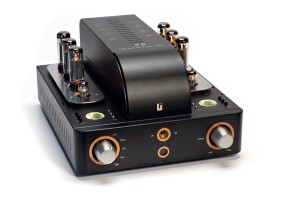
Unison Research S6 Integrated A Stylishly Different Take on Things
Perhaps the most enjoyable part of the hifi journey is discovering something new, especially on a heavily traveled road. It’s like discovering that cool coffee shop down the street, only to find that it’s been there for years and you just passed it by. Read More >
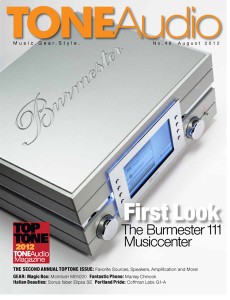
Issue 48
TOP TONE: Our Favorites for 2012 By The TONE Staff Power Amplifiers Preamplifiers Integrated Amplifiers Superspeakers Small Speakers Speakers Subwoofers Analog – Cartridges Analog – Turntables Analog – Phono Preamps Digital Accessories Previews Burmester 111 Musiccenter ARC REF 250 Monoblocks From the Web Zesto Andros PS1 Phonostage Unison Research S6 Integrated Amplifier Reviews: Coffman Labs G-1A Preamplifier By Jeff Dorgay Sonus faber Elipsa SE By Jeff Dorgay Manley Chinook Phonostage By Lawrence Devoe McIntosh MEN220 Room Correction System By the TONEAudio Staff Read More >
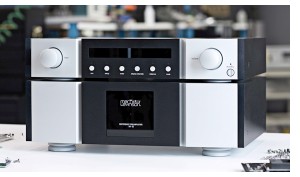
New! 40th Anniversary Preamp From Mark Levinson
INDIANAPOLIS, Indiana — At CEDIA 2012, HARMAN Luxury Audio Group is showcasing its Mark Levinson 40th Anniversary № 52 Reference Dual-Monaural Preamplifier. The № 52 is the finest preamplifier ever created by Mark Levinson, combining extraordinary performance and versatility with a distinctively elegant appearance. Read More >
Please note that all TONE and TONE related text and images are copyright © 2005–2025 TONE Magazine and The Audiophile Apartment. The RSS feed provided is for personal, non-commercial use only.
If you are not reading this content in your news aggregator, RSS reader, or direct, then the site you are looking at may be guilty of copyright infringement. If you locate this anywhere, please contact [email protected] so we can take action immediately.



